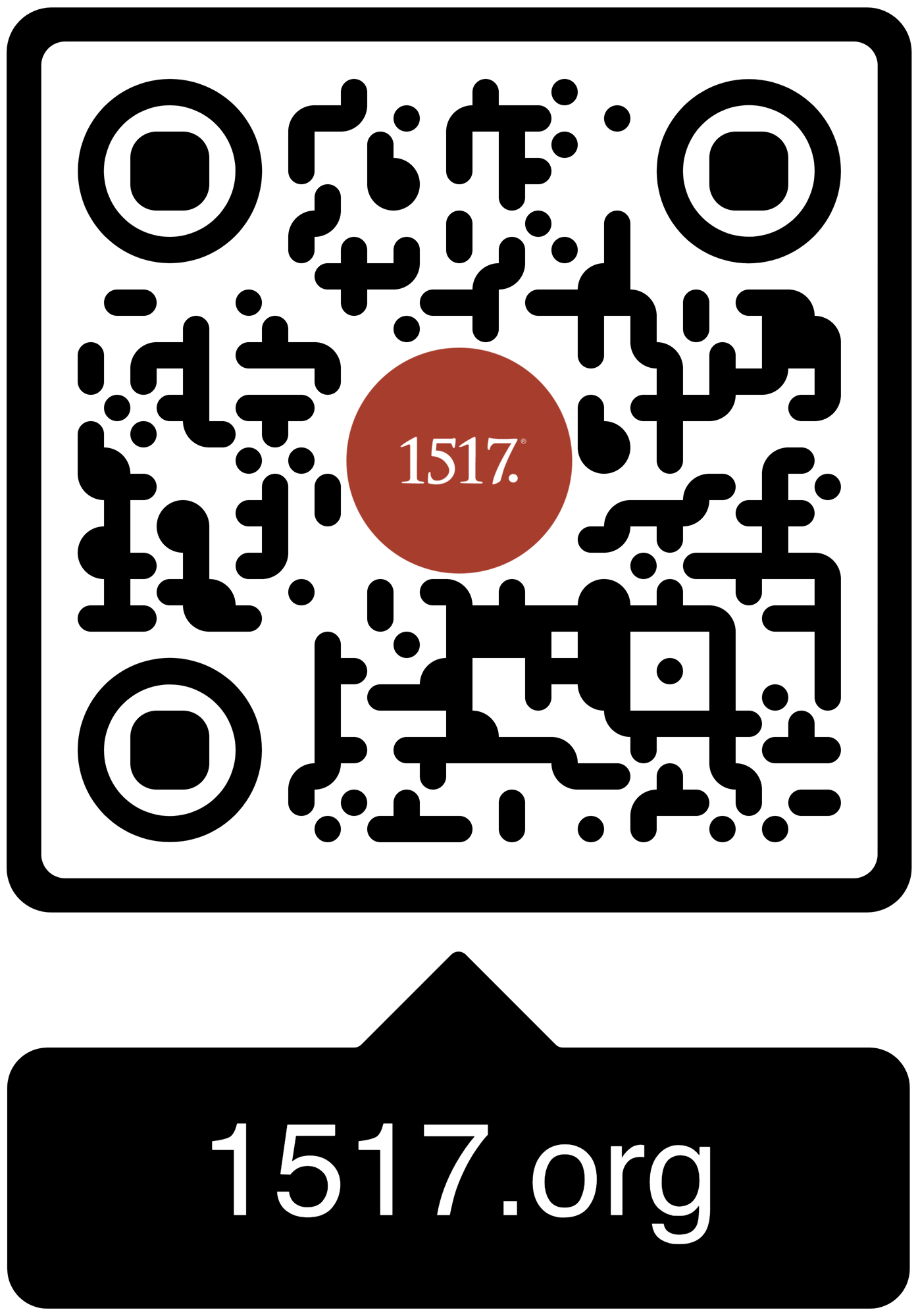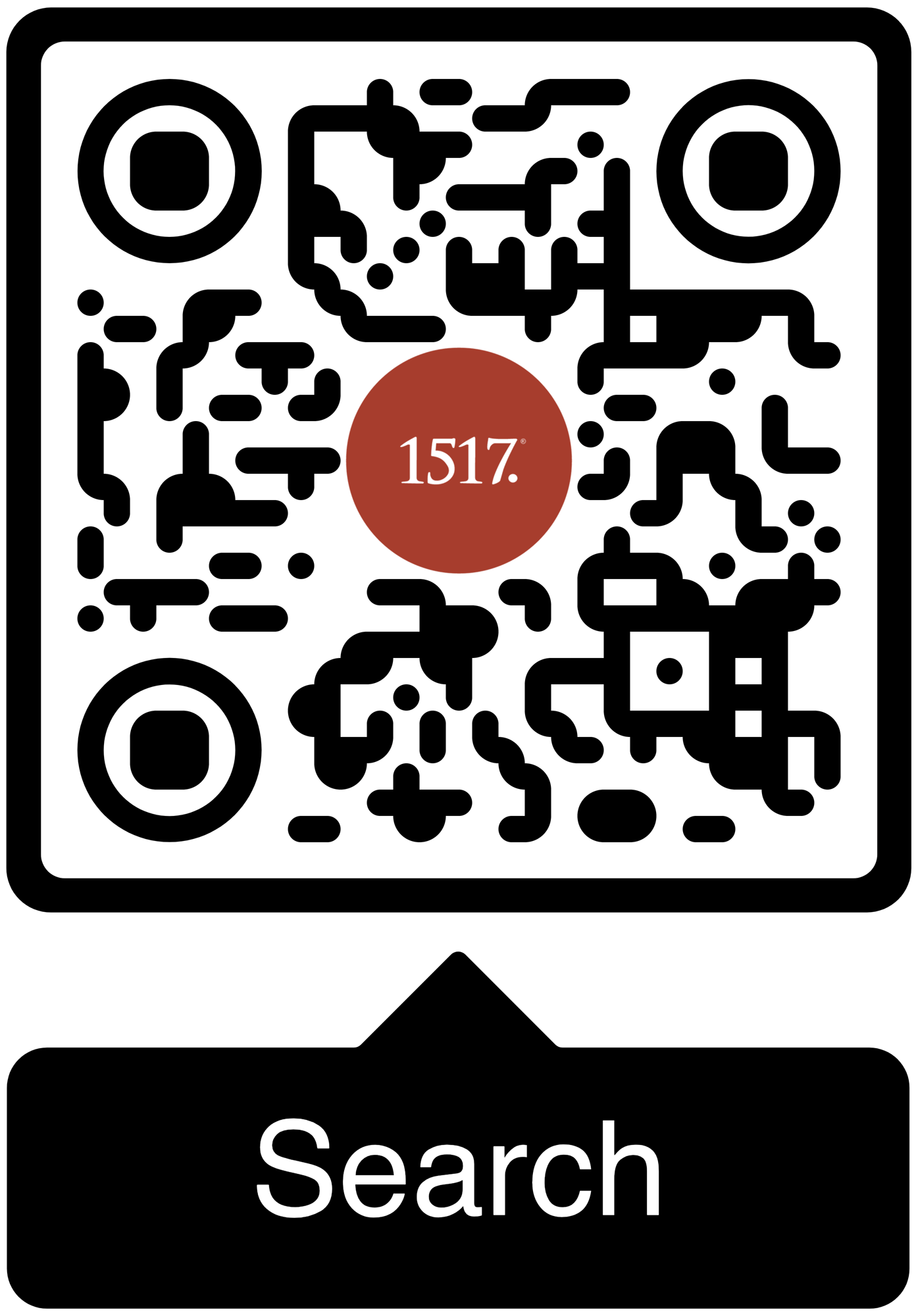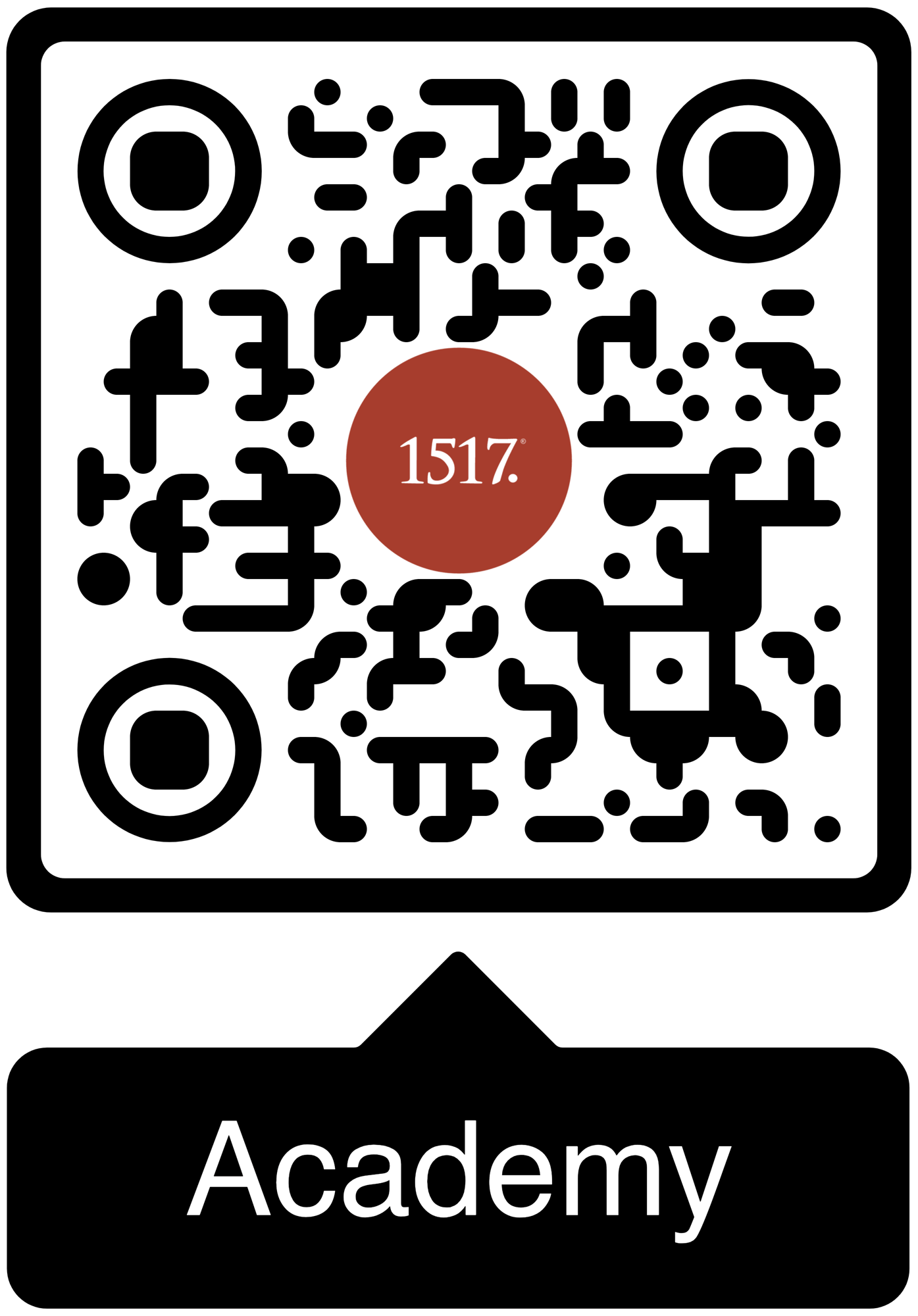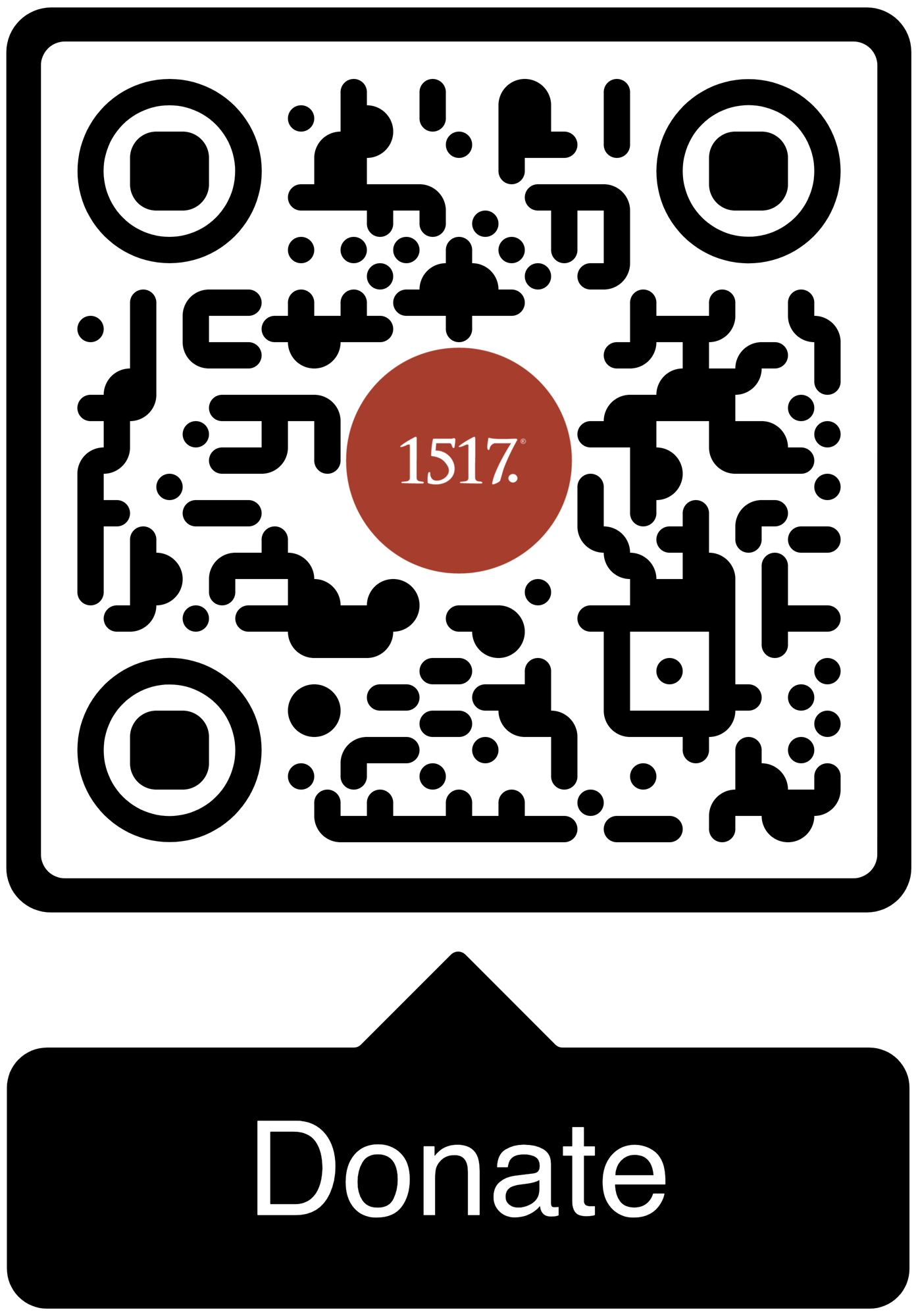This is an excerpt from Broken Bonds: A Novel of the Reformation by Amy Mantravadi (1517 Publishing, 2024), pgs. 12-14.
All Articles
Author
- All Authors
- 1517 Publishing
- 1517 Staff
- A. A. Just Jr.
- A.J. Vega
- Aaron Boerst
- Adam Francisco
- Adam Stetson
- Amy Mantravadi
- Andrew Foss
- Anthony DiLiberto
- Blake Flattley
- Bob Hiller
- Bob Sundquist
- Bonnie Petroschuk
- Brad Soenksen
- Bradley Gray
- Brandon Hanson
- Brandon Pangman
- Brennan Manning
- Brian W. Thomas
- Bror Erickson
- Bruce Hillman
- C.S. Lewis
- Caleb Keith
- Chad Bird
- Charles E. Fry
- Christopher J. Richmann
- Cindy Koch
- CJ Armstrong
- Craig Donofrio
- Dan Chrismer
- Dan van Voorhis
- Dan Weber
- Daniel Deen
- Daniel Emery Price
- Daniel Stenberg
- David Clay
- David Rufner
- David Schmitt
- Delwyn Campbell
- Dominick Santore
- Donavon Riley
- Edward Killian
- Elyse Fitzpatrick
- Erick Sorensen
- Gage Jordan
- Gerhard Forde
- Grant Klembara
- Greg Koukl
- Gretchen Ronnevik
- Haroldo Camacho
- Hermann Sasse
- Jacob Corzine
- Jacob Smith
- Jake Allstaedt
- Jared C. Wilson
- Jason Lane
- Jason Lang
- Jason Oakland
- Jay Sawrie
- Jeff Mallinson
- Jeffrey Pulse
- Jenifer Mohan
- Jessica Delgado
- Jessica Thompson
- Jim Nestingen
- Joel Fitzpatrick
- Joel Hess
- Joey Goodall
- John Bombaro
- John Bortulin
- John Chrysostom
- John T. Pless
- John W. Hoyum
- John Warwick Montgomery
- Jonathan Ruehs
- Jordan Spina
- Joshua Miller
- Justin Rossow
- Karen Stenberg
- Kathy Morales
- Katie Koplin
- Kelsi Klembara
- Ken Sundet Jones
- Kerri Tom
- Kevin Hale
- Kevin McClain
- Kyle G. Jones
- Larry D. Hughes
- Laura Bauer
- Luke Kjolhaug
- Magnus Persson
- Mariah Coward
- Mark Jasa
- Mark Mattes
- Mark Pierson
- Martin Luther
- Matt Johnson
- Matt Kroelinger
- Matt Popovits
- Michael Berg
- Michael Gibney
- Nicholas Hopman
- Nicholas Kallis
- Norman Nagel
- Paul Dunk
- Paul Koch
- Pete Lange
- Peter Nafzger
- Philip Bartelt
- Preston Sprinkle
- Raleigh Sadler
- Rick Ritchie
- RJ Grunewald
- Robert Farrar Capon
- Robert Kolb
- Rod Rosenbladt
- Roland Ehlke
- Ron Hodel
- Ryan Couch
- Ryan Matthias
- Ryan Stevenson-Cosgrove
- Ryan Tinetti
- Sam Leanza Ortiz
- Sam P. Schuldheisz
- Sarah Crowder
- Scott Davis
- Scott Keith
- Scott Landrum
- Seth Moorman
- Steve Byrnes
- Steve Kruschel
- Steven A. Hein
- Steven Paulson
- StoryMakers NYC
- Tanner Olson
- Tate Barber
- Ted Rosenbladt
- Travis Scholl
- Tyler Cronkright
- Uwe Siemon-Netto
- Valerie Thur
- Wade Johnston
- Walter Hwang
- Wayne Sender
- Zack James Cole
12/10/22
A sign was given to Ahaz to point him toward the greater sign given in a manger and that Bethlehem’s Messiah is the sign we look forward to seeing in the sky when Jesus, our Emmanuel, comes again.
07/03/22
The parable of the Good Samaritan is both a call to faith in Jesus and a call to love our neighbor.
04/22/21
For those of us who recognize the disciples’ despair in ourselves, Jesus comes with the same word: “Relax, it’s me. Peace be with you.”
11/08/20
Obviously, the Day of the LORD looks frightening according to the words of Zephaniah the prophet. The question is: “For whom?”
10/21/20
We now stand holy and blameless before our Heavenly Father as his own dear children, and we are set free to serve our neighbor in love.
08/03/20
Miracles, for all their wonder and encouragement, rely on the dazzling of our senses to work. Because miracle-faith produces sensory-faith, it is of a poor quality.
04/10/20
Many Christians are walking on eggshells, living as if we are sinners in the hands of an angry God. Which begs the question: Is he? Is God angry with us?
11/30/19
Come, Lord Jesus, and steal our navel-gazing worship, and replace it with love for our adversaries, ears to listen and mouths to shut up, and hearts brimming with compassion for all.
01/20/19
Separating the Law from the conscience is not just bad because it makes the Law ineffective. If the Law and the conscience are not brought together, it also means leaving the conscience unaddressed and unassuaged when the Gospel is preached.
12/23/18
But here we are again on the other side of a Christmas celebration. This inevitably involves a sense of let-down, even for preachers (Warning: Do not check the attendance numbers this coming Sunday). If Christmas is as significant as we say, it is worth reflecting with your hearers on what comes next. What is on the other side of Christmas?
05/04/18
An introduction to Bo Giertz's, Romans: A Devotional Commentary
1517 is a Christian non-profit (501(c)3) multi-media organization. Our mission is to declare and defend the Good News that we are forgiven and free on account of the death and resurrection of Jesus alone.





1517 grants permission for our free online resources to be printed, photocopied, and otherwise used freely for private and church use. We require that authorship and source (1517.org) are referenced and maintained. These resources may not be sold or included in any publications for sale.